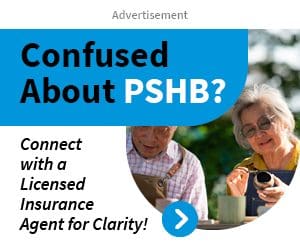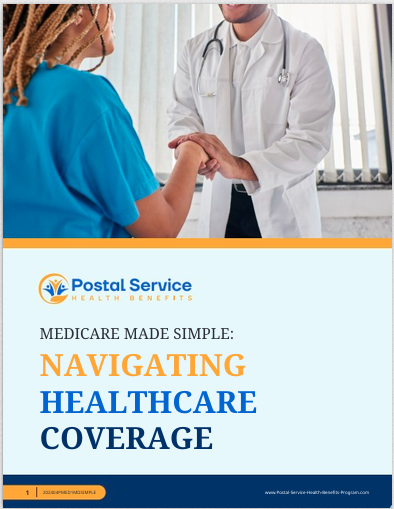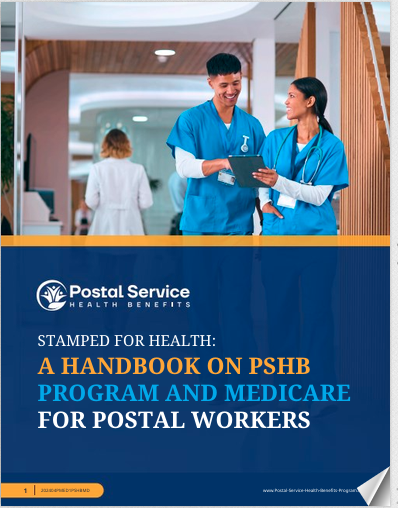Key Takeaways
- The transition from FEHB to PSHB is a significant change for USPS employees and annuitants, bringing new coverage options and requirements.
- Understanding the differences in benefits, costs, and eligibility criteria is crucial for a smooth transition to the PSHB Program.
The Move From FEHB to PSHB: What Postal Employees Should Know
The Postal Service Health Benefits (PSHB) Program is set to replace the Federal Employees Health Benefits (FEHB) Program for USPS employees and annuitants starting January 1, 2025. This transition is mandated by the Postal Service Reform Act of 2022 and aims to provide a tailored health benefits program that meets the specific needs of postal workers. Here’s what you need to know about this significant change.
Key Changes in the Transition from FEHB to PSHB
The move from FEHB to PSHB involves several key changes that postal employees and annuitants need to be aware of:
- Program Administration: While the FEHB Program is managed by the Office of Personnel Management (OPM) for a wide range of federal employees, the PSHB Program will specifically cater to USPS employees and retirees, also under OPM’s administration.
- Coverage Specificity: The PSHB will offer plans specifically designed for the healthcare needs of postal workers, which may differ from the broader FEHB options.
- Automatic Transition: Current USPS employees and retirees enrolled in FEHB will be automatically transitioned to the PSHB Program.
Eligibility Requirements for PSHB Coverage
Eligibility for the PSHB Program differs slightly from the FEHB Program:
- USPS Employees and Annuitants: Only current USPS employees and annuitants are eligible for PSHB. Those who are not currently enrolled in FEHB will need to ensure their status is updated to transition smoothly.
- Medicare Enrollment: Medicare-eligible annuitants must enroll in Medicare Part B to be eligible for PSHB coverage. This requirement ensures comprehensive healthcare coverage by combining Medicare benefits with the PSHB plan.
Comparing Benefits: FEHB vs. PSHB
The benefits offered by the PSHB Program are designed to closely match those of the FEHB Program, with some distinctions tailored to postal workers:
- Custom Benefits: PSHB plans will be tailored to the needs of postal workers, potentially offering more relevant benefits for this group.
- Integration with Medicare: For Medicare-eligible annuitants, PSHB plans will work alongside Medicare Part B to provide comprehensive coverage, which is a new requirement for this group.
- Choice of Plans: Just like FEHB, PSHB will offer a range of plan options from various carriers, allowing postal employees and annuitants to choose plans that best meet their healthcare needs.
Impact on Medicare Enrollment for Postal Annuitants
One of the most significant changes with the transition to PSHB is the impact on Medicare enrollment:
- Mandatory Medicare Part B Enrollment: Medicare-eligible annuitants must enroll in Medicare Part B to qualify for PSHB. This integration helps reduce out-of-pocket costs and ensures a broader range of covered services.
- Special Enrollment Period (SEP): There will be a Special Enrollment Period from April 1, 2024, to September 30, 2024, to facilitate the transition. This period allows annuitants to enroll in Medicare Part B without facing late enrollment penalties.
Cost Implications: Premiums and Out-of-Pocket Expenses
Understanding the cost implications is crucial for postal employees and annuitants transitioning to PSHB:
- Premiums: Premiums for PSHB plans will be set separately from FEHB plans, reflecting the specific needs and risk pools of USPS employees and retirees.
- Government Contributions: Similar to FEHB, the government will continue to contribute towards the premiums, but the exact contribution rates may vary.
- Out-of-Pocket Costs: With the integration of Medicare for eligible annuitants, out-of-pocket expenses may be lower, as Medicare will cover a significant portion of the costs.
Enrollment Process for PSHB: What to Expect
The enrollment process for PSHB will involve several steps to ensure a smooth transition:
- Automatic Enrollment: Current USPS employees and retirees enrolled in FEHB will automatically be transitioned to PSHB. There will be no need for manual re-enrollment.
- Special Enrollment Period: The SEP from April 1 to September 30, 2024, allows for adjustments and enrollment in Medicare Part B for eligible annuitants.
- Enrollment Packages: USPS will provide detailed enrollment packages with instructions and forms to facilitate the transition. These packages will guide employees and annuitants through the necessary steps.
Resources and Support for Postal Employees During the Transition
To assist with the transition from FEHB to PSHB, several resources and support systems will be available:
- Information Sessions: USPS and OPM will conduct information sessions to educate employees and annuitants about the new program and its benefits.
- Customer Support: Dedicated customer support lines will be available to answer questions and assist with the transition process.
- Online Resources: Detailed information and updates will be available on the USPS and OPM websites, providing easy access to necessary documents and guidelines.
Important Deadlines and Timeline for the Move to PSHB
Staying informed about the key deadlines and timeline is essential for a smooth transition:
- April 1, 2024: Start of the Special Enrollment Period for Medicare Part B.
- September 30, 2024: End of the Special Enrollment Period.
- January 1, 2025: Official start date for the PSHB Program, with all eligible USPS employees and annuitants transitioned from FEHB to PSHB.
Conclusion: Navigating the Transition to PSHB
The transition from FEHB to PSHB represents a significant change for USPS employees and annuitants. By understanding the key changes, eligibility requirements, and enrollment processes, you can ensure a smooth transition to the new program. Utilize the available resources and stay informed about important deadlines to make the most of the benefits offered by the PSHB Program.
Contact Information:
Email: [email protected]
Phone: 1239888325






